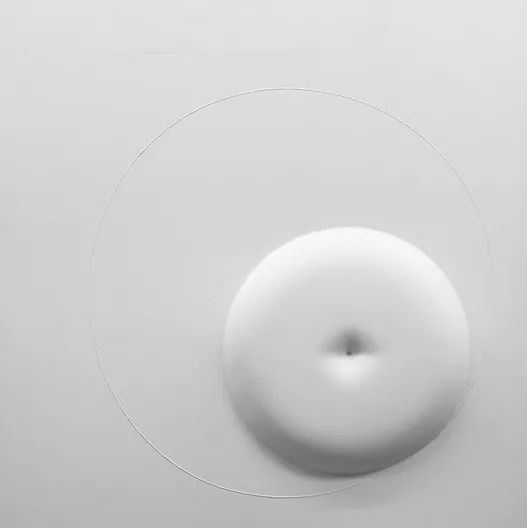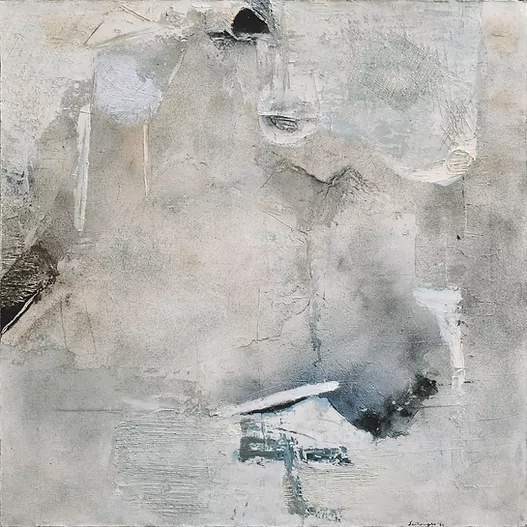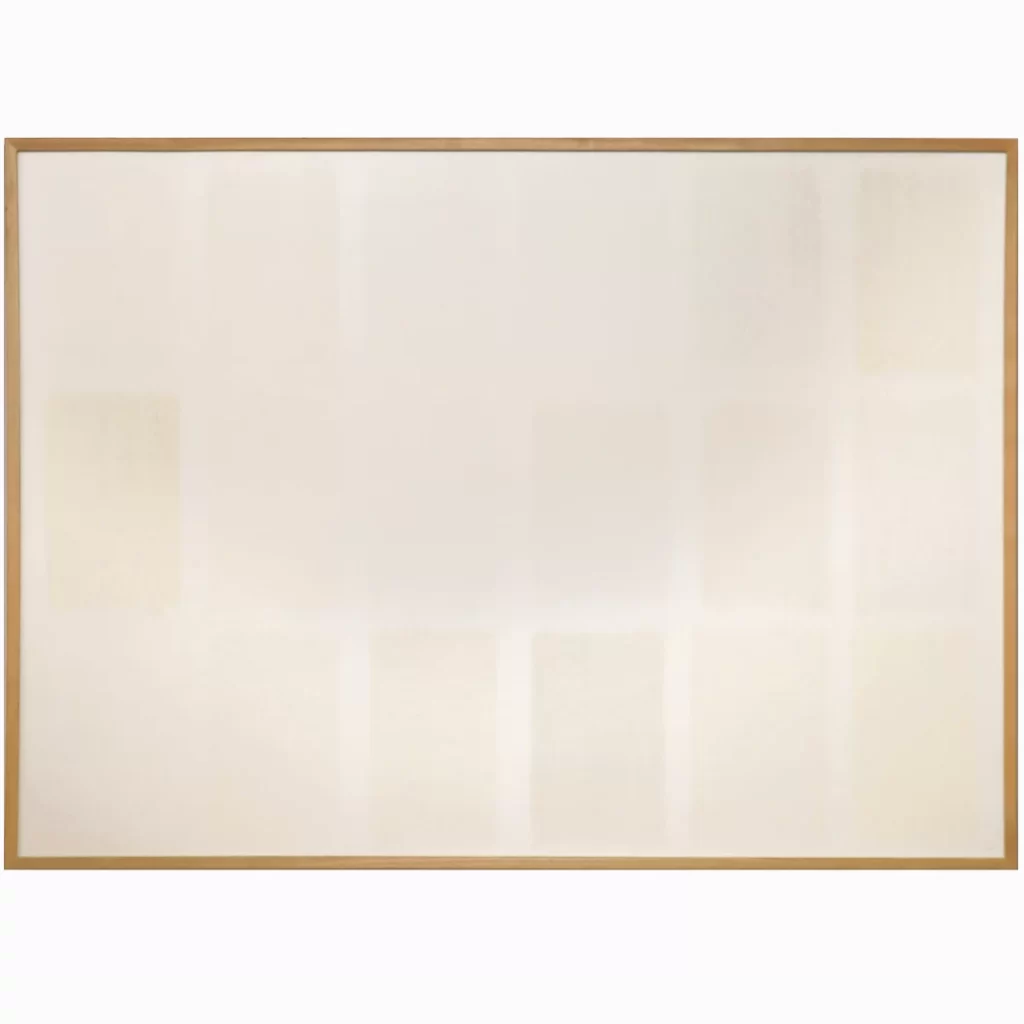White form
White isn’t ever a pure thing, white is always tinted in some way.
Elizabeth Sherman, Assistant Curator at Whitney Museum of American Art
The use of white monochrome has different explanations in the art history; however, there are two primary use and associated meaning: the first was communicating spiritual purity; by choosing one colour, artists could explore the tranquillity of total abstraction. The second purpose was to reduce the painting or sculpture to its purest form so that the focus of the piece would be on its pure physical elements.
The first artist to use the white color in a different way was Kazimir Malevich in 1918 with White on White: a geometric abstraction without reference to external reality. After Malevich, a whole variety of white paintings came about, especially during the decade of the 1950s, this as a response to Abstract Expressionism’s emotional excesses and the outsized gestural personalities of De Kooning and Pollock.
“The strength of white canvases lies in the attention required by the observer: they require you to slow down, to look closely several times, to inspect the painted surfaces in search of subtle changes in color, light and texture”, explains the Museum of Modern Art in New York. The commitment and the necessary involvement by the observer is the key to understanding all these white paintings, also explains Elisabeth Sherman, assistant curator of the Whitney Museum in New York, dedicated to contemporary art. White, Sherman recalls, “is never something absolutely pure, it is made of a variety of pigments: white as matter and light”.
While paintings and reliefs here selected all use white, or a range of near-white hues and demonstrate how such an apparently reduced range of possibilities can be employed.
Far from limiting artists, the decision to restrain themselves to a single colour can open up a rich and versatile area of investigation. This specific approach draws attention to a variety of techniques, materials, textures, surfaces, structures and forms, and emphasises the responsiveness of white to light and shadow.
AGOSTINO BONALUMI
Bianco, 1967
shaped canvas and vinyl tempera
80 x 80 cm
Agostino Bonalumi has built upon years of extraordinary creativity, inventing – with Enrico Castellani – the linguistic system of “tele estroflesse” (extroflexed canvas), which aimed to release painting from the slavery of its traditional framework without entirely abandoning it.
Bonalumi’s desire to seek new spacial solutions to his art was in line with the modern tradition of the “synthesis of arts”, a theory from the 1930s that combined synthetic painting, sculpture and architecture in one significant “habitable” creation.

JORGE EIELSON
Quipus 60 A, 1974
acrylic and canvas on board
110 x 110 x 20 cm
Jorge Eielson is best known for his series “Quipus”, an exploration of material, form and communication that began in 1963 and continued for four decades.
The work is inspired by the ancient quipus that the Incas of Peru used as method of record keeping. By stretching, twisting, knotting and painting the canvas, each knot and intersection entail multiple meanings of different cultures and origins becoming a symbol of transcultural and global communication.

WALTER LEBLANC
Twisted strings 40F X 279, 1965
cotton wires and white latex on canvas
99.5 x 80.7 cm
In 1960, torsion becomes the core of Leblanc’s artistic research. For the artist, it transforms the work which ceases to be merely a surface and becomes the stage of light variations.
This work is a typical expression of the artist’s technique: surfaces or sculptures whose rhythm derives from this twisting of the material, in regular progressions that seem to foreshadow an optical or minimalist approach, yet reject the coldness of such compositions, constantly seeking an active connection to the space around them.

GIANFRANCO PARDI
Architettura, 1973
acrylic, aluminium and cables on canvas
100 x 100 x 7 cm
Gianfranco Pardi began to reflect on architecture as early as the late 1960s. What the artist meant by “architecture” was a procedure, a creative process, a means by which he was able to concentrate on the constructive possibilities of form, of investigations into three-dimensionality, which clearly refer to avant-garde utopias, Russian Suprematism, Constructivism and Dutch Neoplasticism.
Performing an X-ray, this work represent the construction of spatiality as the outcome of the numerical ratios between measurements, as the result of the apparent physicality and current invisibility of forces and stresses in a theatre of tensions in which he is seeking balance.

GIUSEPPE SANTOMASO
Bianchi, 1964
oil on canvas
116 x 116 cm
The Venetian artist Giuseppe Santomaso is one of the most precocious and decisive interpreters of the non-figurative painting in Italy, starting from the 40s.
This work belongs to the period of major experimentalism of the materials, where the dialogue with the informal poetics can be read free from any gestural violence or material tautology. The artist intended to recreate the dynamics of reality through painting: both from a physical and emotional point of view, giving life to images.

herman de vries
from earth: white, 1990
earth rubbing on paper
100 x 140 cm
From the time of his early involvement in the international movement ZERO, in the late 1950s and early 1960s, de vries has always pursued the idea of simplicity and economy in his expressive, compositional, and working methods, in an attempt to recreate the basic mechanisms of life within the artistic process.
This work contains 18 samples of white earths (solid) rubbed on paper. The pale and elegant colours are due to the white beaches of the countries where the material has been collected. It is a remarkable example of the special artist’s technique called: earth rubbing.
